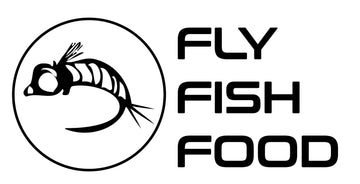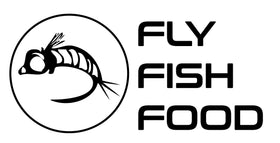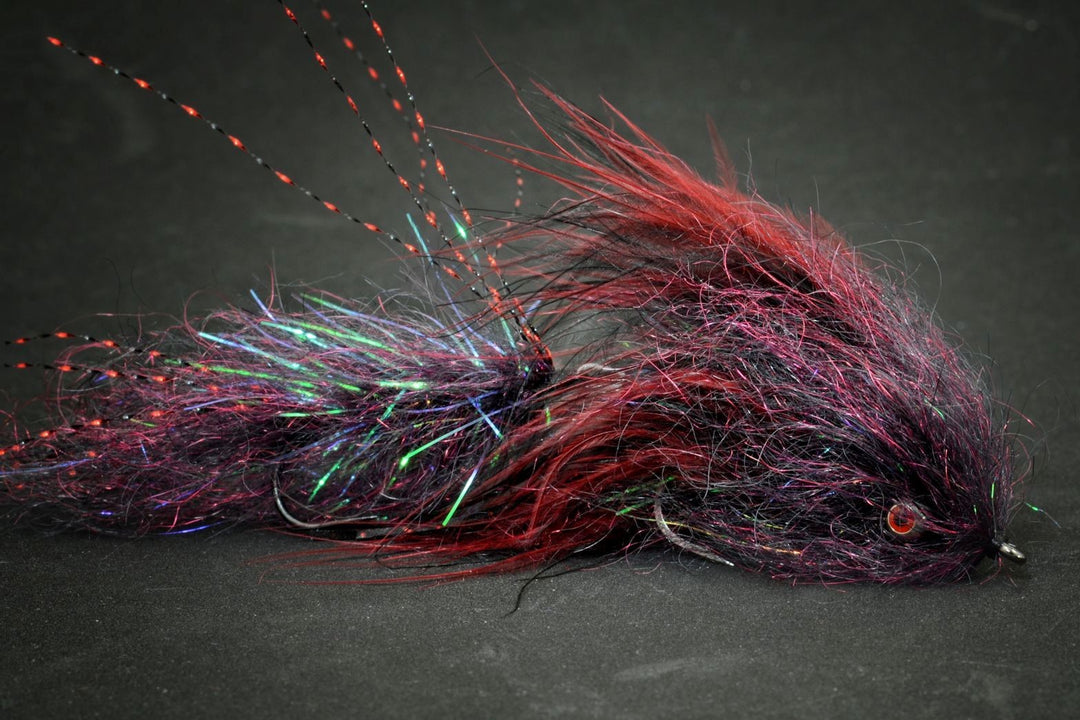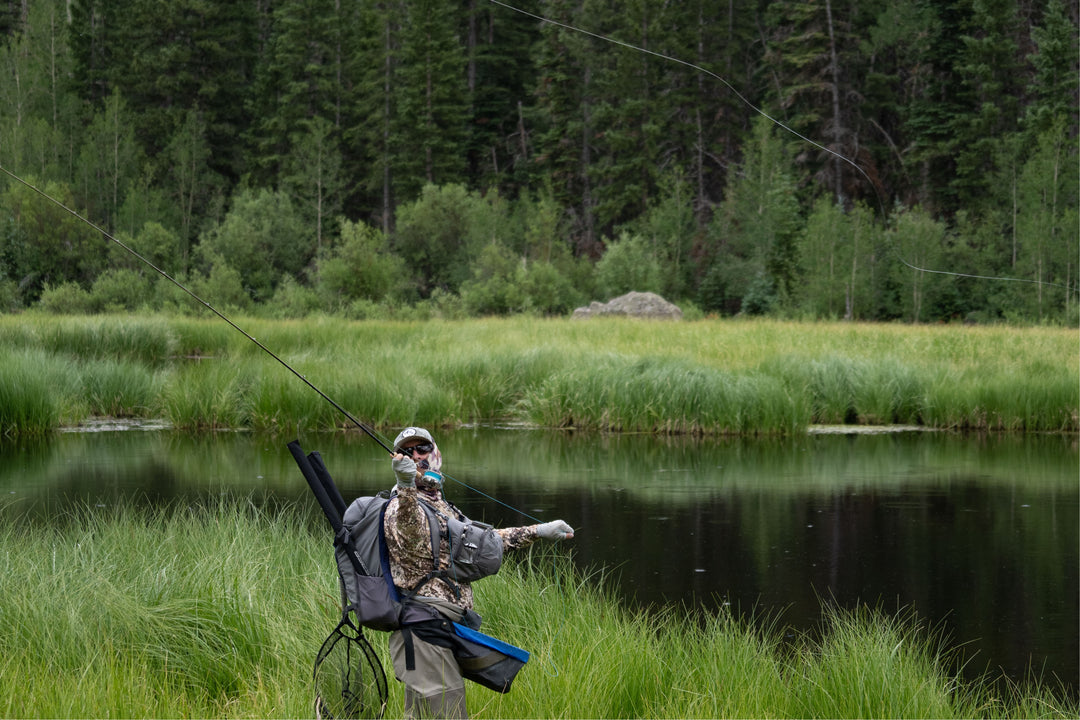Yakima River Fly Fishing Report - August 8/23/2025
YAKIMA RIVER FLY FISHING REPORT
Central Washington — Classic Tailwater & Canyon Water
Report Date: August 23, 2025 | Next Update: August 30, 2025
Current River Conditions
Late‑summer pattern shift. Flows remain elevated in many stretches — excellent oxygen levels and active fish — but wading is often challenging. Boat anglers and anglers concentrating on runs, seams and structure are seeing the best results.
Flows & Clarity
Flow Range (typical sections): 1,000–3,500 cfs (varies by reach and Bureau releases)
Water Clarity: Mostly clear to slightly stained in main canyon runs
Note: Flows change with releases—double‑check USGS/BOR for your put‑in.
Flow Range (typical sections): 1,000–3,500 cfs (varies by reach and Bureau releases)
Water Clarity: Mostly clear to slightly stained in main canyon runs
Note: Flows change with releases—double‑check USGS/BOR for your put‑in.
Water Temperature
Current: mid‑50s to mid‑60s °F in most sections
Trend: warming during the afternoon; cooler in spring‑fed side channels
Fish health: strong flows are helping keep oxygen levels healthy—still use quick release tactics on warmer afternoons.
Current: mid‑50s to mid‑60s °F in most sections
Trend: warming during the afternoon; cooler in spring‑fed side channels
Fish health: strong flows are helping keep oxygen levels healthy—still use quick release tactics on warmer afternoons.
Weather
Forecast: warm afternoons, cool mornings; light‑to‑moderate afternoon winds likely
Prime fishing windows: early morning and evening hushes; streamers and terrestrials work all day.
Forecast: warm afternoons, cool mornings; light‑to‑moderate afternoon winds likely
Prime fishing windows: early morning and evening hushes; streamers and terrestrials work all day.
Access & Logistics
Boat ramps open; many roadside accesses usable but check local roads after storms
Parking: popular access points busy on weekends—arrive early for best spots
Boat ramps open; many roadside accesses usable but check local roads after storms
Parking: popular access points busy on weekends—arrive early for best spots
Hatch Chart & Insect Activity (Aug 23)
| Insect | Size | Activity | When to Fish |
|---|---|---|---|
| Terrestrials (Hoppers, Ants) | #6–10 | High — late summer favorite | Midday through evening along banks |
| Caddis | #14–18 | Moderate — evening skittering & late‑day rise | Late afternoon → night |
| PMDs / Baetis | #14–18 | Light → moderate in cooler stretches | Late morning to midday |
| Stoneflies (residual adults & nymphs) | #6–12 (nymphs & adults) | Spotty — good nymph fishing in riffles | All day for nymphs; afternoons for adults |
| Midges & Small Nymphs | #18–22 | Steady — fish key on small subsurface food | All day, especially in cooler pools |
| Streamers / Baitfish activity | #2–6 streamers | High — aggressive fish following bait and smolts | All day; best in pockets, drop‑offs and near structure |
Recommended Flies (matched to available patterns)
Below are patterns matched to common Yakima River situations. Click each pattern to view the fly and source.
-
Salmonfly / Large Stonefly Imitators — when you find late‑summer adult stoneflies or big stonefly nymphs.
Libby's Salmonfly (sizes #4–8) — large, visible dry to entice heavy takes. -
Stonefly Nymphs & Rubberlegs — get deep into the riffle margins.
Tungsten Pat's Rubber Legs (sizes #6–10) — weighted, great for indicator or euro rigs. -
PMDs / Baetis — for picky surface takes on cooler seams.
Stealth Link Mercer - PMD (sizes #14–18) — good parachute/emergent profiles. -
Small Subsuface / Midge Work — for tailouts and slicks.
Black Zebra Midge (TBH) (sizes #18–22) — indicator or tight‑line favorite. -
Caddis — skitter in foam lines and along banks.
Corn‑fed Caddis (CDC) — Olive (sizes #14–18) — great skitter or dry/dropper setups. -
Soft Hackles & Jig Nymphs — deadly under an indicator or euro style.
Soft Hackle Pheasant Tail Jig (Barbless) — for soft, lifelike drift near the bottom. -
Perdigons & Fast Sinking Nymphs — when fish key to small, dense nymphs.
Egan's Warrior Perdigon - Rainbow — pick small, bright perdigons for deep seams. -
Streamers / Sculpin Imitations — for active predators in banks and seams.
Coffey's Articulated Sparkle Minnow — Sculpin #4 and Sculpzilla (Natural) (#4–6) — use in short strips near structure. -
Eggs & Worms (when salmon/steelhead eggs are present) — target feeding stations and deep pockets.
Sunny Side Up - Sunburst and Slush Egg - Apricot — great fly‑of‑opportunity patterns. -
Terrestrials (Hoppers / Fat Alberts) — late August bank‑side action.
Taylor's Fat Albert - Black (Hi Vis) and Fancy Pants Hopper - Tan (sizes #6–10) — fish them paired with a dropper nymph for best results.
Tactics & Daily Strategy
Read the water, match depth and presentation — Yakima fish are smart and seasonal.
- Early morning: Indicator nymph rigs and euro nymphing in riffles and seams. Run a tungsten rubber‑leg or soft hackle near the bottom with a lighter attractor above.
- Midday: As the sun warms banks, switch to terrestrials and larger attractors along foam lines and pocket water. Streamer anglers should work deep runs and near structure with short, purposeful strips.
- Late afternoon / evening: Caddis and PMD activity increases in many stretches — switch to skittered dries, emergers or a dry‑dropper rig. Watch for selective rises in slicks and tailouts.
- Boat vs. Wade: Boats give access to the prime current seams when flows are up. Wade only in safe, lower velocity stretches — elevated flows make many classic wade sections hazardous.
- Leader & Tippet: 9'–12' leaders for dries; 6X–4X tippets for picky takes. For streamers, stronger tippets (2X–4X) and a stout rod (6–7 wt) help control big fish.
Conservation & Fish Handling
High late‑summer temps in some shallow side channels make careful landing and quick release essential. Use rubber nets, keep fish in the water, minimize handling and avoid long photos. If water temperature is above mid‑60s °F, limit prolonged fights.
Local Notes & Quick Checklist
Pack
Boat life jacket, wading staff, polarized sunglasses, sun protection.
Boat life jacket, wading staff, polarized sunglasses, sun protection.
Flies to carry
Big terrestrials, a selection of weighted rubberlegs/perdigons, small midges, 1–2 sculpin streamers.
Big terrestrials, a selection of weighted rubberlegs/perdigons, small midges, 1–2 sculpin streamers.
Safety
Check daily flow releases; avoid wading at high flows; hydrate and be prepared for temperature swings.
Check daily flow releases; avoid wading at high flows; hydrate and be prepared for temperature swings.




